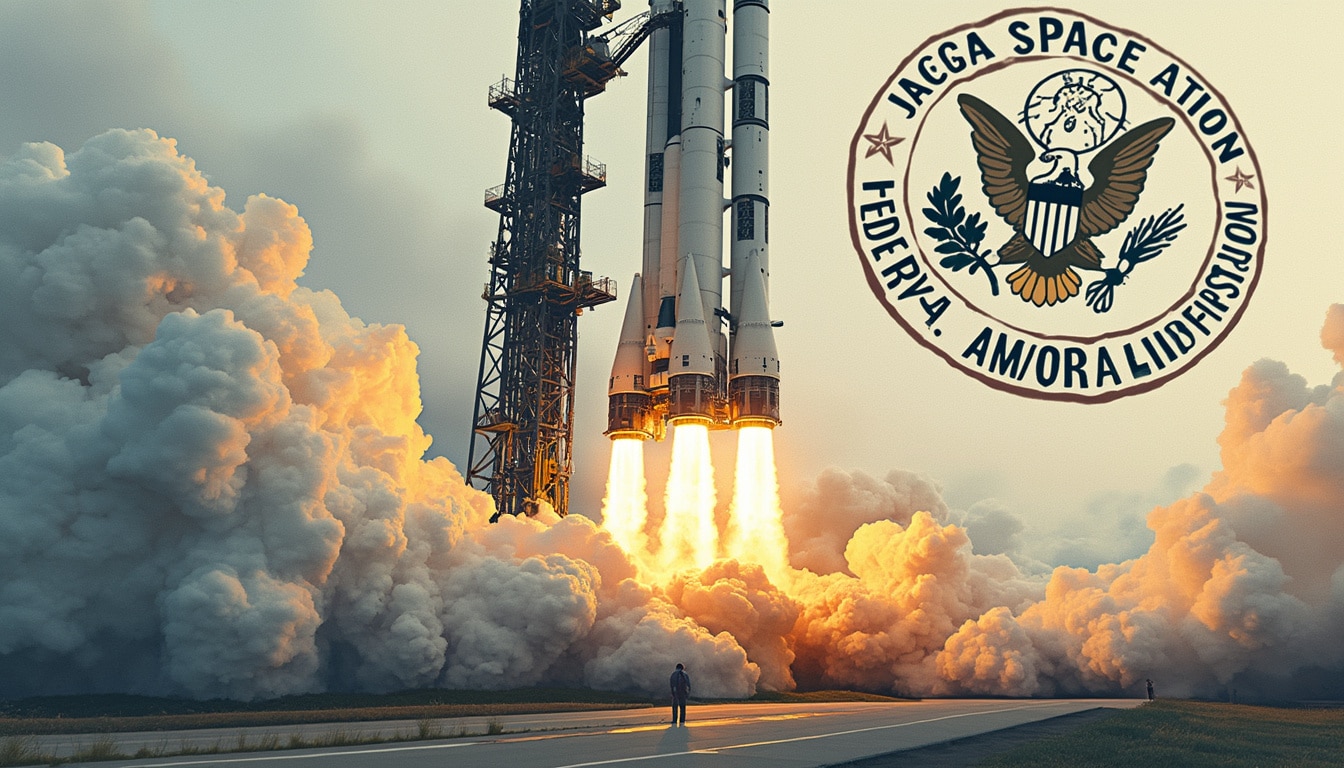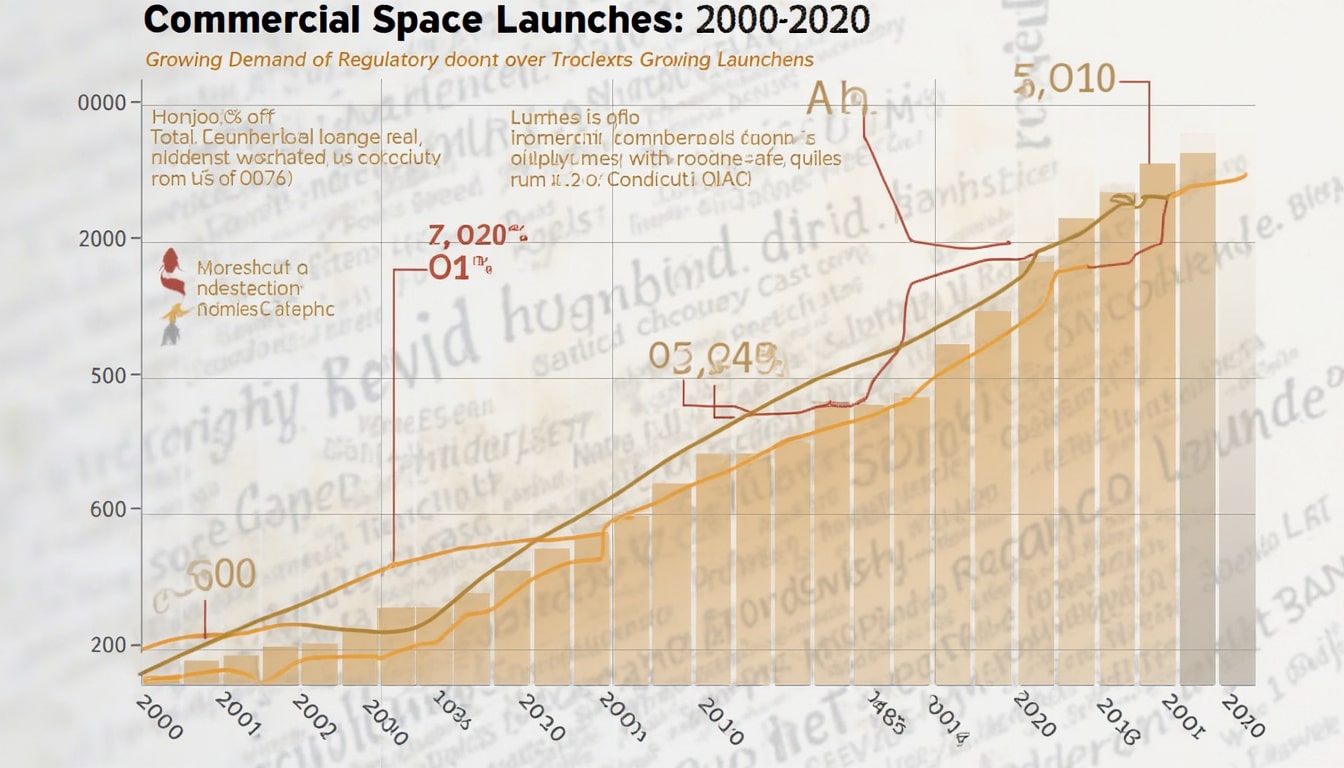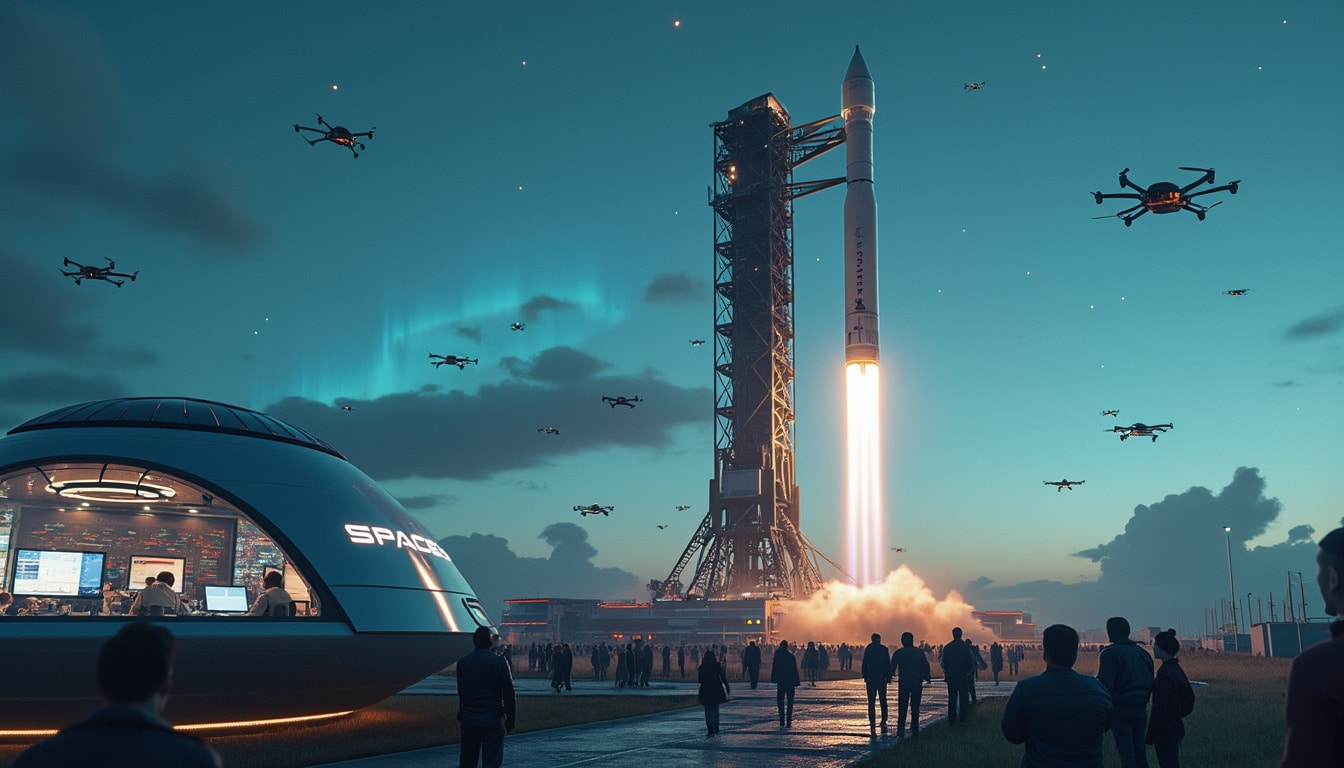The recent developments surrounding SpaceX and its leadership have reignited debates about the balance of power between private enterprises and regulatory bodies. As Elon Musk, the dynamic CEO of SpaceX, emerges as a critical figure in the government landscape, questions arise regarding his influence over regulatory frameworks designed to oversee the burgeoning aerospace industry. This article provides an in-depth look at Musk’s role within the government, the challenges facing the Federal Aviation Administration (FAA), and the implications for the future of commercial space travel.
The Evolving Relationship between SpaceX and the FAA

The relationship between SpaceX and the Federal Aviation Administration (FAA) has been anything but straightforward. With rapid advancements in technology and an increasing number of launches, the FAA has found itself in a challenging position. Following a significant incident where SpaceX’s Starship exploded in January, the FAA temporarily grounded the rocket program, leading to heightened scrutiny.
Incidents Leading to Increased Regulation
SpaceX’s ambitious launch plans have frequently put it at odds with regulatory compliance. The FAA’s recent order for an investigation into the Starship explosion emphasizes its commitment to safety. The FAA’s chief counsel stated, “Safety drives everything we do at the FAA,” underlining the organization’s prioritization of public safety over corporate interests. However, Musk’s response to these regulations has been fierce, labeling them as “lawfare” and indicating a willingness to mount legal challenges against the FAA’s authority.
Musk’s Influence in the Government
Elon Musk’s recent appointments have positioned him uniquely within the government. As a close advisor to former President Donald Trump and head of the newly established Department of Government Efficiency, he holds significant sway in shaping policies that could affect regulatory agencies like the FAA. Current and former FAA employees are reportedly anxious about Musk’s potential plans for the Office of Commercial Space Transportation (AST), which is tasked with regulating commercial space launches.
Challenges Facing the FAA

Over the last six years, the FAA has seen a dramatic rise in commercial space launches, with figures skyrocketing from 26 in 2019 to 157 last year. This unprecedented demand places immense pressure on the FAA’s resources and raises questions about its capacity to maintain rigorous safety standards.
Staffing and Budget Constraints
Despite the surge in launches, the AST has not experienced a corresponding increase in staffing or budget. Currently, around 160 personnel are responsible for overseeing the licensing and safety assessments of multiple daily launches, often of complex missions ranging from satellite deployments to crewed flights. This volume can be overwhelming and has led to strain on the agency’s ability to fulfill its mandate.
The Risk of Catastrophic Events
As launch traffic increases, so too does the potential for accidents. The incident involving Starship highlighted the dangers posed by falling debris, raising alarm among residents of Caribbean islands who found rocket remnants in their vicinity. The FAA’s methodical approach is critical in preventing significant mishaps, as recklessness in regulatory oversight could lead to severe consequences, including loss of life and significant property damage.
Industry Perspectives on Regulatory Changes

Perspectives within the aerospace industry vary widely. While some advocate for streamlined processes to facilitate innovation, others emphasize the necessity of rigorous safety standards. Representatives from the tech sector, including Musk himself, have criticized the FAA for being overly cautious, potentially stifling progress in a sector that is rapidly evolving.
Impact on Innovation
The fear among some industry leaders is that excessive regulation could hinder the United States’ competitive edge in space exploration. With nations like China making significant strides, there is intense pressure on U.S. regulatory bodies to expedite approval processes. Advocates for reform argue that a nimble approach would better serve the interests of a fast-paced industry while ensuring public safety.
Balancing Safety and Progress
Finding the right balance between safety and innovation is key. As public interest in space exploration rapidly grows, ensuring safe flight procedures while fostering innovation will remain a complex challenge. The FAA must continue to adapt its strategies to the realities of a fast-evolving landscape without allowing safety measures to be compromised.
The Future of Space Regulation under Musk’s Leadership

As Musk continues to push the boundaries of what’s possible in spaceflight, his involvement in shaping governmental frameworks will undoubtedly influence the future of commercial aviation. The potential for streamlined regulations tailored to the needs of space enterprises could lead to unprecedented growth.
Potential Reforms on the Horizon
While the precise nature of reforms remains to be seen, several industry voices suggest a shift towards a more supportive regulatory environment where the FAA plays a facilitative role rather than a restrictive one. Harnessing the technology and innovation spearheaded by SpaceX requires a collective effort to rethink current regulations while preserving essential safety protocols.
In understanding the intersection of private enterprise and regulatory oversight, it is clear that the future of space travel will be shaped significantly by policy decisions stemming from Musk’s influence. Whether this will lead to a safer, more innovative environment remains to be seen, but one thing is for sure: the stakes have never been higher in the realm of commercial space exploration.




Leave a Reply